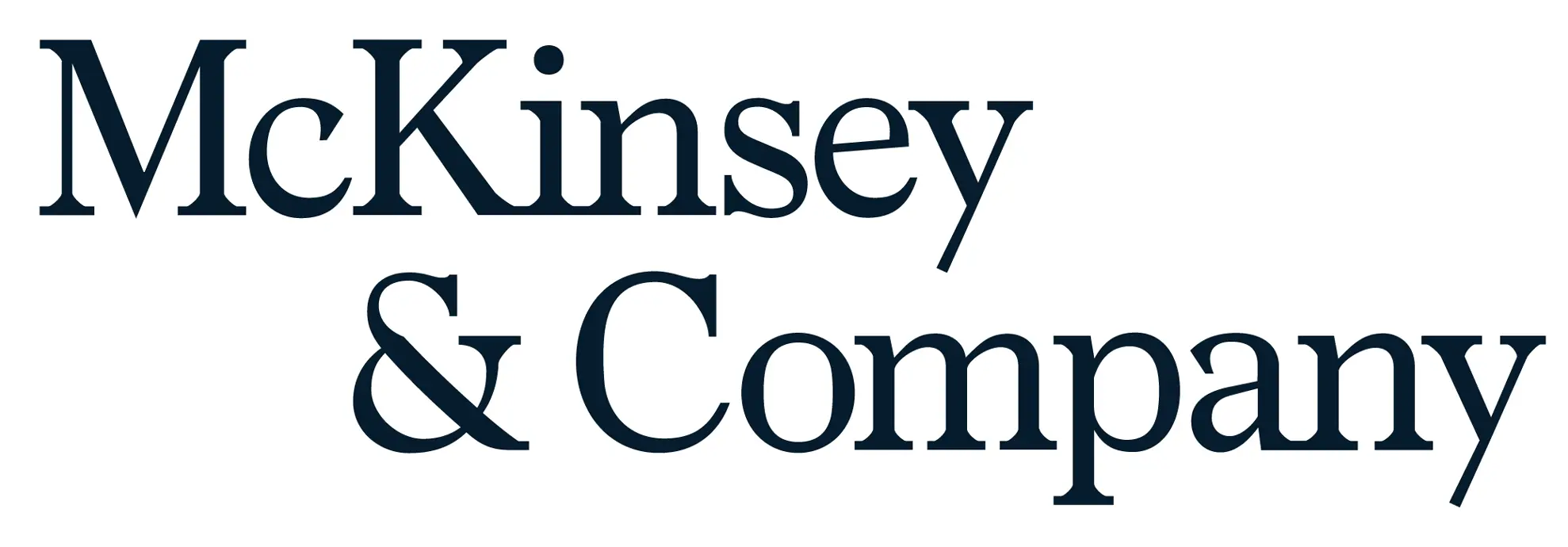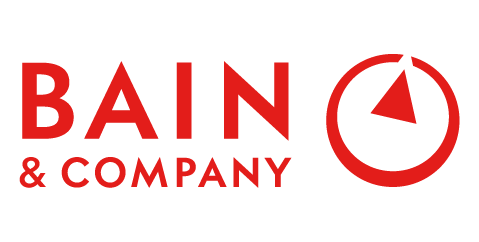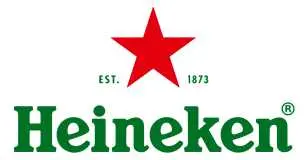
Genitourinary Drugs Market Size, Analysis, Revenue, Trends, Challenges and Future Outlook
Genitourinary Drugs Market Growth, Size, Trends Analysis - By Indication, By Product - Regional Outlook, Competitive Strategies and Segment Forecast to 2034
| Published: Feb-2025 | Report ID: HLCA2571 | Pages: 1 - 230 | Formats*: |
| Category : Healthcare | |||
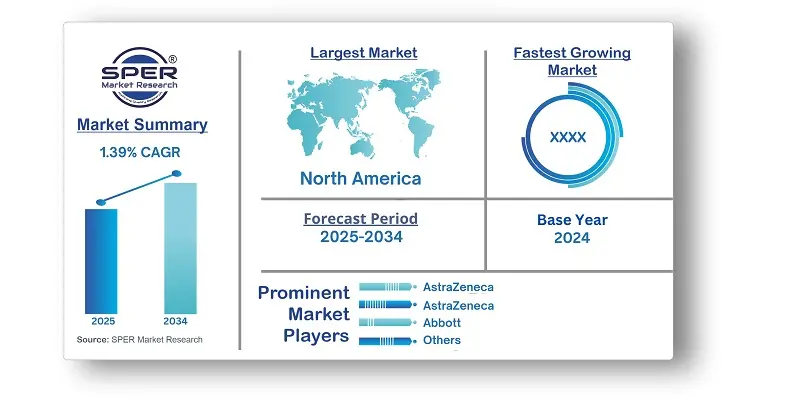
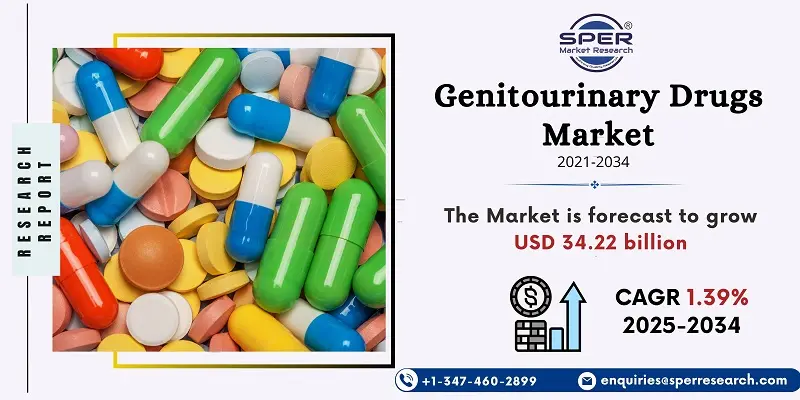
- In April 2023, GSK plc announced positive results from the EAGLE-2 and EAGLE-3 clinical trials for gepotidacin. The favorable Phase III outcomes highlight its potential to become the first oral antibiotic for treating uncomplicated urinary tract infections (uUTI) in female adolescents and adults.
- In March 2023, Pfizer Inc. revealed that it had entered into a definitive merger agreement with Seagen Inc., a biotechnology company specializing in the discovery, development, and commercialization of cancer treatments, and a leader in antibody-drug conjugate (ADC) technology. By combining Pfizers expertise and resources with Seagen’s innovative ADC technology, the two organizations aim to accelerate the development of next-generation cancer treatments and provide enhanced solutions for patients.
| Report Metric | Details |
| Market size available for years | 2021-2034 |
| Base year considered | 2024 |
| Forecast period | 2025-2034 |
| Segments covered | By Indication, By Product. |
| Regions covered | North America, Latin America, Asia-Pacific, Europe, and Middle East & Africa. |
| Companies Covered | Abbott, Allergan, Antares Pharma, AstraZeneca, Bayer AG, Bristol-Myers Squibb Co., Eli Lilly and Company, F. Hoffmann-La Roche Ltd., Genentech, Inc., GlaxoSmithKline, Ionis Pharmaceuticals, Inc., Merck & Co., Inc., Novartis AG, and others. |
- Global Genitourinary Drugs Market Size (FY’2021-FY’2034)
- Overview of Global Genitourinary Drugs Market
- Segmentation of Global Genitourinary Drugs Market By Indication (Prostate Cancer, Ovarian Cancer, Bladder Cancer, Cervical Cancer, Renal Cancer, Erectile Dysfunction, Urinary Tract Infections, Urinary Incontinence & Overactive Bladder, Sexually Transmitted Diseases, Interstitial Cystitis, Haematuria, Benign Prostatic Hyperplasia)
- Segmentation of Global Genitourinary Drugs Market By Product (Urologicals, Hormonal Therapy, Gynecological, Anti-infectives, Others)
- Statistical Snap of Global Genitourinary Drugs Market
- Expansion Analysis of Global Genitourinary Drugs Market
- Problems and Obstacles in Global Genitourinary Drugs Market
- Competitive Landscape in the Global Genitourinary Drugs Market
- Details on Current Investment in Global Genitourinary Drugs Market
- Competitive Analysis of Global Genitourinary Drugs Market
- Prominent Players in the Global Genitourinary Drugs Market
- SWOT Analysis of Global Genitourinary Drugs Market
- Global Genitourinary Drugs Market Future Outlook and Projections (FY’2025-FY’2034)
- Recommendations from Analyst
1.1. Scope of the report1.2. Market segment analysis
2.1. Research data source
2.1.1. Secondary Data2.1.2. Primary Data2.1.3. SPERs internal database2.1.4. Premium insight from KOLs
2.2. Market size estimation
2.2.1. Top-down and Bottom-up approach
2.3. Data triangulation
4.1. Driver, Restraint, Opportunity and Challenges analysis
4.1.1. Drivers4.1.2. Restraints4.1.3. Opportunities4.1.4. Challenges
5.1. SWOT Analysis
5.1.1. Strengths5.1.2. Weaknesses5.1.3. Opportunities5.1.4. Threats
5.2. PESTEL Analysis
5.2.1. Political Landscape5.2.2. Economic Landscape5.2.3. Social Landscape5.2.4. Technological Landscape5.2.5. Environmental Landscape5.2.6. Legal Landscape
5.3. PORTERs Five Forces
5.3.1. Bargaining power of suppliers5.3.2. Bargaining power of buyers5.3.3. Threat of Substitute5.3.4. Threat of new entrant5.3.5. Competitive rivalry
5.4. Heat Map Analysis
6.1. Global Genitourinary Drugs Market Manufacturing Base Distribution, Sales Area, Product Type6.2. Mergers & Acquisitions, Partnerships, Product Launch, and Collaboration in Global Genitourinary Drugs Market
7.1. Prostate Cancer7.2. Ovarian Cancer7.3. Bladder Cancer7.4. Cervical Cancer7.5. Renal Cancer7.6. Erectile Dysfunction7.7. Urinary Tract Infections7.8. Urinary Incontinence & Overactive Bladder7.9. Sexually Transmitted Diseases7.10. Interstitial Cystitis7.11. Haematuria7.12. Benign Prostatic Hyperplasia
8.1. Urologicals8.2. Hormonal Therapy8.3. Gynecological8.4. Anti-infectives8.5. Others
9.1. Global Genitourinary Drugs Market Size and Market Share
10.1. Asia-Pacific
10.1.1. Australia10.1.2. China10.1.3. India10.1.4. Japan10.1.5. South Korea10.1.6. Rest of Asia-Pacific
10.2. Europe
10.2.1. France10.2.2. Germany10.2.3. Italy10.2.4. Spain10.2.5. United Kingdom10.2.6. Rest of Europe
10.3. Middle East and Africa
10.3.1. Kingdom of Saudi Arabia10.3.2. United Arab Emirates10.3.3. Qatar10.3.4. South Africa10.3.5. Egypt10.3.6. Morocco10.3.7. Nigeria10.3.8. Rest of Middle-East and Africa
10.4. North America
10.4.1. Canada10.4.2. Mexico10.4.3. United States
10.5. Latin America
10.5.1. Argentina10.5.2. Brazil10.5.3. Rest of Latin America
11.1. Abbott
11.1.1. Company details11.1.2. Financial outlook11.1.3. Product summary11.1.4. Recent developments
11.2. Allergan
11.2.1. Company details11.2.2. Financial outlook11.2.3. Product summary11.2.4. Recent developments
11.3. Antares Pharma
11.3.1. Company details11.3.2. Financial outlook11.3.3. Product summary11.3.4. Recent developments
11.4. AstraZeneca
11.4.1. Company details11.4.2. Financial outlook11.4.3. Product summary11.4.4. Recent developments
11.5. Bayer AG
11.5.1. Company details11.5.2. Financial outlook11.5.3. Product summary11.5.4. Recent developments
11.6. Bristol-Myers Squibb Co.
11.6.1. Company details11.6.2. Financial outlook11.6.3. Product summary11.6.4. Recent developments
11.7. Eli Lilly and Company
11.7.1. Company details11.7.2. Financial outlook11.7.3. Product summary11.7.4. Recent developments
11.8. F. Hoffmann-La RocheLtd.
11.8.1. Company details11.8.2. Financial outlook11.8.3. Product summary11.8.4. Recent developments
11.9. Genentech, Inc.
11.9.1. Company details11.9.2. Financial outlook11.9.3. Product summary11.9.4. Recent developments
11.10. GlaxoSmithKline
11.10.1. Company details11.10.2. Financial outlook11.10.3. Product summary11.10.4. Recent developments
11.11. Ionis Pharmaceuticals, Inc.
11.11.1. Company details11.11.2. Financial outlook11.11.3. Product summary11.11.4. Recent developments
11.12. Merck & Co., Inc.
11.12.1. Company details11.12.2. Financial outlook11.12.3. Product summary11.12.4. Recent developments
11.13. Novartis AG
11.13.1. Company details11.13.2. Financial outlook11.13.3. Product summary11.13.4. Recent developments
11.14. Others
SPER Market Research’s methodology uses great emphasis on primary research to ensure that the market intelligence insights are up to date, reliable and accurate. Primary interviews are done with players involved in each phase of a supply chain to analyze the market forecasting. The secondary research method is used to help you fully understand how the future markets and the spending patterns look likes.
The report is based on in-depth qualitative and quantitative analysis of the Product Market. The quantitative analysis involves the application of various projection and sampling techniques. The qualitative analysis involves primary interviews, surveys, and vendor briefings. The data gathered as a result of these processes are validated through experts opinion. Our research methodology entails an ideal mixture of primary and secondary initiatives.
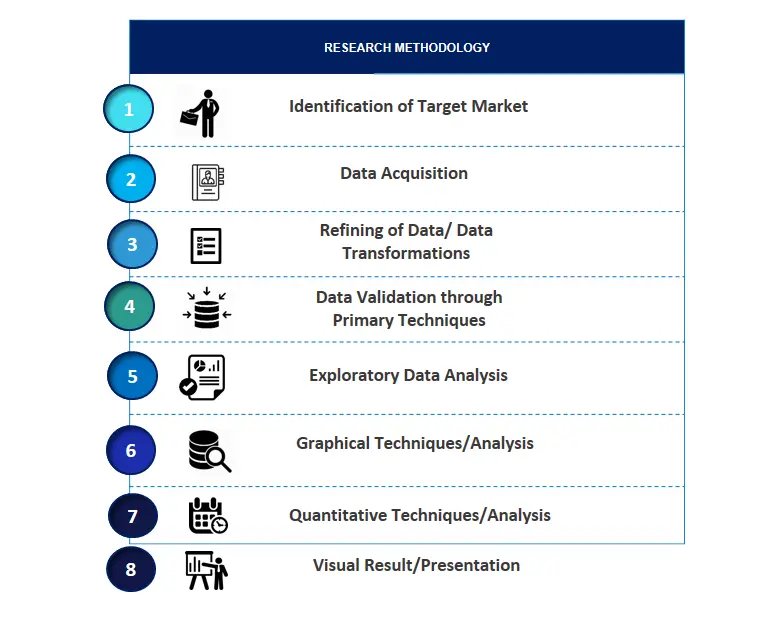
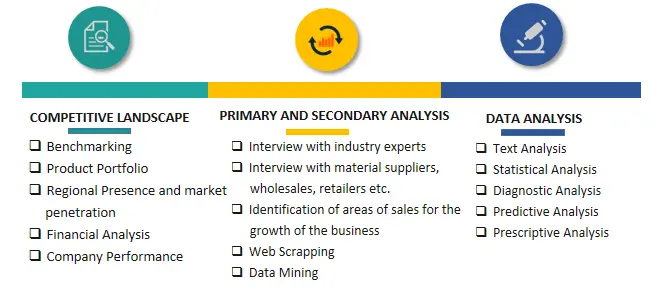

Frequently Asked Questions About This Report
PLACE AN ORDER
Year End Discount
Sample Report
Pre-Purchase Inquiry
NEED CUSTOMIZATION?
Request CustomizationCALL OR EMAIL US
100% Secure Payment






Related Reports
Our Global Clients
Our data-driven insights have influenced the strategy of 200+ reputed companies across the globe.






